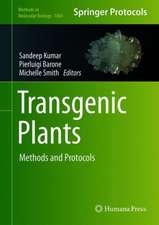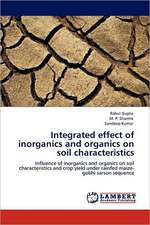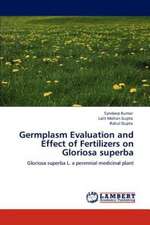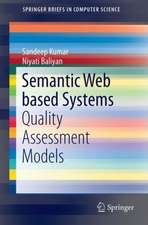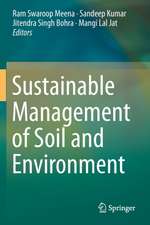Advances in Nanosensors for Biological and Environmental Analysis
Editat de Aakash Deep, Sandeep Kumaren Limba Engleză Paperback – 14 iun 2019
- Features detailed information on various types of biological and environmental nanosensors
- Gives particular attention to the different categories of advanced functional interfaces, processes for their development, and application areas
- Includes the current state-of-the-art in terms of commercial aspects
Preț: 666.79 lei
Preț vechi: 732.74 lei
-9% Nou
Puncte Express: 1000
Preț estimativ în valută:
127.60€ • 132.41$ • 106.66£
127.60€ • 132.41$ • 106.66£
Carte tipărită la comandă
Livrare economică 08-22 martie
Preluare comenzi: 021 569.72.76
Specificații
ISBN-13: 9780128174562
ISBN-10: 0128174560
Pagini: 160
Ilustrații: 70 illustrations (20 in full color)
Dimensiuni: 191 x 235 x 11 mm
Greutate: 0.29 kg
Editura: ELSEVIER SCIENCE
ISBN-10: 0128174560
Pagini: 160
Ilustrații: 70 illustrations (20 in full color)
Dimensiuni: 191 x 235 x 11 mm
Greutate: 0.29 kg
Editura: ELSEVIER SCIENCE
Cuprins
1. Carbon based nanomaterials used for the development of sensitive nanosensor platforms
2. Advances in the synthesis and development of 2-dimensional transition metal dichalcogenides based nanosensor platforms
3. Conducting polymers and metal organic frameworks as advanced materials used for the development of nanosensor interfaces
4. Synthesis and production of different biomolecules for application in the sensing of environmental pollutants
5. Bioconjugation of different nanosurfaces with biorecognition molecules for the development of selective nanosensor platforms
6. Development of disposable sensor strips for point-of-care testing of environmental pollutants
7. Advantages and limitations of environmental nanosensors
8. Commercial aspects of environmental nanosensors
2. Advances in the synthesis and development of 2-dimensional transition metal dichalcogenides based nanosensor platforms
3. Conducting polymers and metal organic frameworks as advanced materials used for the development of nanosensor interfaces
4. Synthesis and production of different biomolecules for application in the sensing of environmental pollutants
5. Bioconjugation of different nanosurfaces with biorecognition molecules for the development of selective nanosensor platforms
6. Development of disposable sensor strips for point-of-care testing of environmental pollutants
7. Advantages and limitations of environmental nanosensors
8. Commercial aspects of environmental nanosensors





